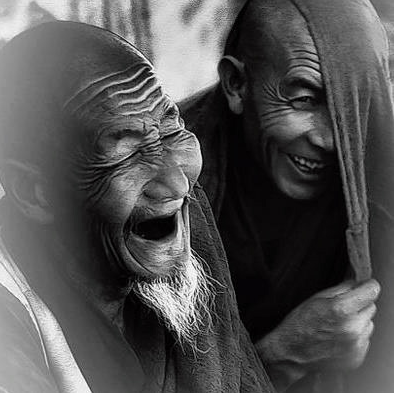![]()
What is the
practice of repaying wrongs?
When receiving suffering, a practitioner
who cultivates the Path should think to himself:
“During countless ages past I have abandoned the root
and pursued the branches, flowing into the various states
of being, and giving rise to much rancor and hatred—the
transgression, the harm done, has been limitless.
Though I do not transgress now, this suffering
is a disaster left over from former lives —
the results of evil deeds have ripened.
This suffering is not something
given by gods or
humans.”
You should willingly
endure the suffering without anger
or complaint. The sutra says: “Encountering
suffering, one is not concerned. Why? Because one
is conscious of the basic root.” When this attitude toward
suffering is born, you are in accord with inner truth,
and even as you experience wrongs, you advance
on the Path. Thus it is called “the practice
of repaying wrongs”.
Records of the Teachers and Students of the Lanka




